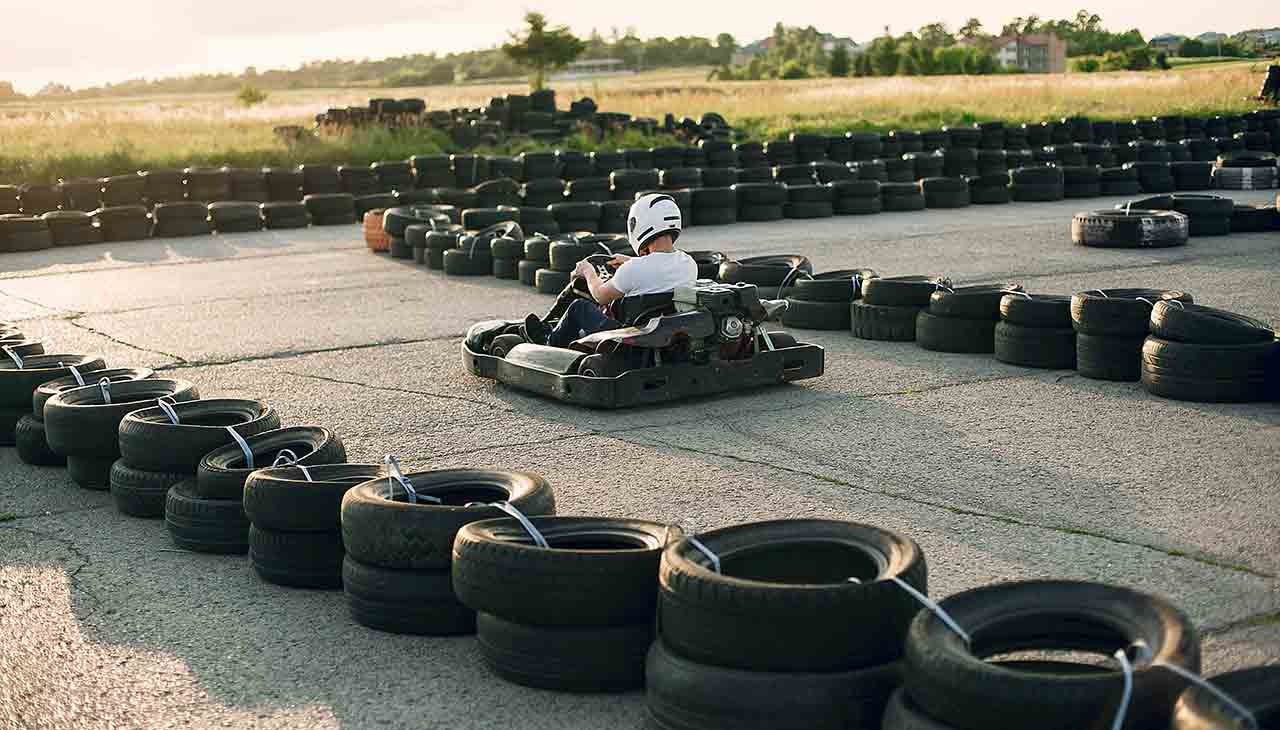The world of motorsport is rich with history, packed with thrilling races that have captivated audiences globally. These iconic events, each with its unique charm and challenges, have not only pushed the boundaries of what is possible in automotive engineering but also showcased the indomitable spirit of competition among drivers. From the high-speed adrenaline of Formula 1 to the endurance tests of Le Mans, these races have written unforgettable chapters in the annals of motorsport, creating legends and inspiring millions.
Early Years of Racing
The early years of motorsport were marked by a sense of adventure and experimentation, as the first cars emerged in the late 19th century. The very first organized motor race is typically credited to a competition held in 1894, from Paris to Rouen in France. This event was not only a race but also a showcase of technological innovation, as manufacturers aimed to demonstrate the reliability and efficiency of their vehicles over a long distance. This 126 km race set the stage for the future of motorsport, highlighting the potential for cars not just as a means of transport but as a new form of entertainment and competition. The success of the Paris-Rouen race led to more organized events, including the famed city-to-city races that captured the imagination of the public and laid the groundwork for the formal racetracks and competitions we see today. These early races were pivotal in driving forward automotive technologies and popularizing the car as a symbol of progress and excitement.
Le Mans 24 Hours
The Le Mans 24 Hours stands as a testament to endurance, skill, and automotive innovation. First held in 1923 near the town of Le Mans, France, this race is not only about speed but the reliability and efficiency of the cars competing. Over the years, Le Mans has become the pinnacle of endurance racing, attracting the best drivers and manufacturers from around the world to take on the challenge of racing day and night.
One of the most notable moments in the history of Le Mans came in 1966 when Ford GT40s secured a historic 1-2-3 finish, breaking Ferrari’s dominance at the event and marking a significant achievement in American motorsports. Another memorable moment was in 1991, when Mazda’s 787B became the first (and so far, only) Japanese car, as well as the only car powered by a rotary engine, to win Le Mans.
Drivers like Tom Kristensen, the “Mr. Le Mans” who holds the record for the most wins at Le Mans with nine victories, have become legends of the sport. His achievements underscore the intense preparation, team strategy, and resilience required to succeed in this grueling event.
Le Mans has also been a crucible for automotive innovation. The race has seen the evolution from the classic designs of the early 20th century to the cutting-edge hybrid and electric technologies of today. The introduction of the Garage 56 entry is a testament to the race’s commitment to innovation, allowing for experimental cars that push the boundaries of automotive technology to compete.
The legacy of Le Mans extends beyond the track, influencing car design and technology in production vehicles. The race has always been a proving ground where manufacturers test new technologies in the most challenging conditions, including fuel efficiency, aerodynamics, and materials. This continuous push for development has not only led to victories on the circuit but also advancements that ultimately benefit everyday drivers.
Monaco Grand Prix
The Monaco Grand Prix is one of the crown jewels of Formula One, synonymous with glamour, precision, and the high stakes of motorsport. Held annually on the narrow, winding streets of Monte Carlo, this race epitomizes the golden age of racing and continues to captivate the imagination of fans worldwide. Its origins date back to 1929, making it one of the oldest and most prestigious automobile races in the world. The Monaco Grand Prix is not just a test of speed but a grueling challenge of skill, strategy, and endurance, offering a unique spectacle set against the backdrop of the luxurious Monaco harbor.
The street circuit of Monaco, known for its tight corners, elevation changes, and narrow lanes, poses a distinct set of challenges to drivers. Unlike purpose-built racetracks, the streets of Monte Carlo provide little room for error, demanding precision driving and constant attention. Overtaking is notoriously difficult, making qualifying positions crucial for race day success. The circuit’s tight turns, such as the famous Fairmont Hairpin, and high-speed sections like the Tunnel, combine to create a demanding race environment that tests the limits of both car and driver.
Over the years, the Monaco Grand Prix has been the stage for numerous memorable races and iconic moments. One such moment was in 1984 when a young Ayrton Senna, driving for the modest Toleman team, showcased his extraordinary talent in wet conditions, nearly winning the race and announcing himself to the world. Another unforgettable race occurred in 1992, when Nigel Mansell, dominating the season with the Williams team, found himself unable to pass Ayrton Senna in the closing laps, despite being significantly faster. Senna’s masterful defensive driving secured him the victory by a mere few seconds, adding to his legend at Monaco.
The cultural significance of the Monaco Grand Prix extends beyond the race itself, capturing the essence of Formula One’s allure. Its history is intertwined with the glamour and sophistication of Monaco, attracting celebrities, royalty, and racing enthusiasts to its grandstands. The event highlights the skill and bravery of the drivers, the technological prowess of the teams, and the passionate dedication of fans, making it a timeless showcase of motorsport’s enduring appeal.
Indianapolis 500
Known as “The Greatest Spectacle in Racing,” the Indianapolis 500 is an iconic event in the world of motorsports. Held annually at the Indianapolis Motor Speedway in Indiana, USA, this event has been a staple of American culture since its inception in 1911. The 500-mile race not only tests the limits of speed and endurance but also celebrates the spirit of competition and innovation in automotive engineering. Over the years, the event has evolved from a test of machinery to a full-blown annual festival, drawing fans and drivers from across the globe to compete in what has become a centerpiece of motor racing.
The evolution of the Indianapolis 500 mirrors the advancements in automotive technology and racing strategy. From the early days of open-cockpit, front-engine cars to the sleek, aerodynamic, rear-engine models of the present day, the race has always been at the forefront of technological innovation. This constant push for improvement has made the event a proving ground for manufacturers and teams, leading to breakthroughs that have often found their way into passenger vehicles.
Triumph and tragedy have walked hand in hand at the Indianapolis 500, reflecting the very essence of motorsport. Heroes such as A.J. Foyt, Al Unser, and Rick Mears have become legends, each winning the race four times and etching their names into the annals of history. Their stories of triumph have inspired countless drivers and fans, highlighting the resilience and dedication required to succeed in one of the world’s most challenging races.
Yet, the Indianapolis 500 is not without its darker moments. The track has witnessed its share of tragic accidents, serving as a harsh reminder of the dangers involved in motorsport. In response to these tragedies, the event has been a pioneer in promoting safety innovations in racing, driving changes that have increased the protection for drivers, teams, and spectators alike.
The story of the Indianapolis 500 is one of human endeavor, technological progress, and the unyielding quest for victory. Each year, the event writes new chapters, adding to its rich history of triumphs, tragedies, and the relentless pursuit of excellence. It remains a testament to the courage and ingenuity of all those who have competed on its storied oval, and to the enduring appeal of “The Greatest Spectacle in Racing.”

